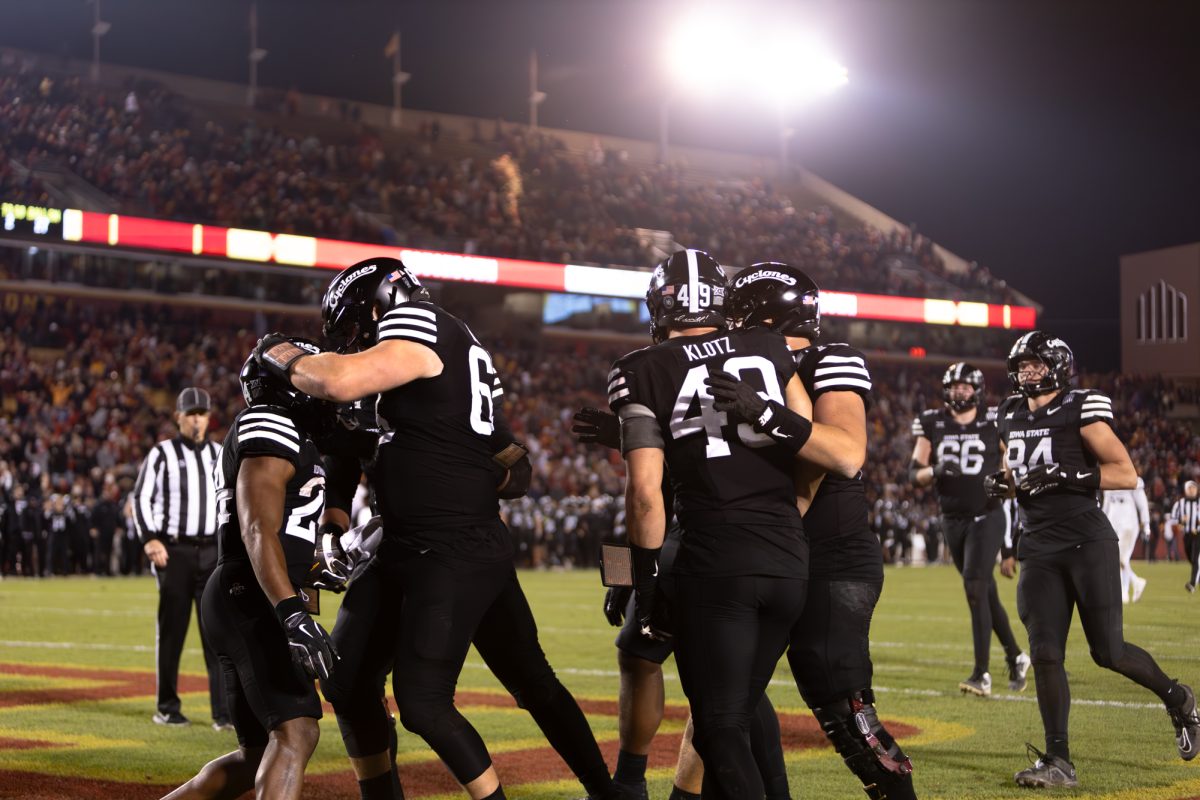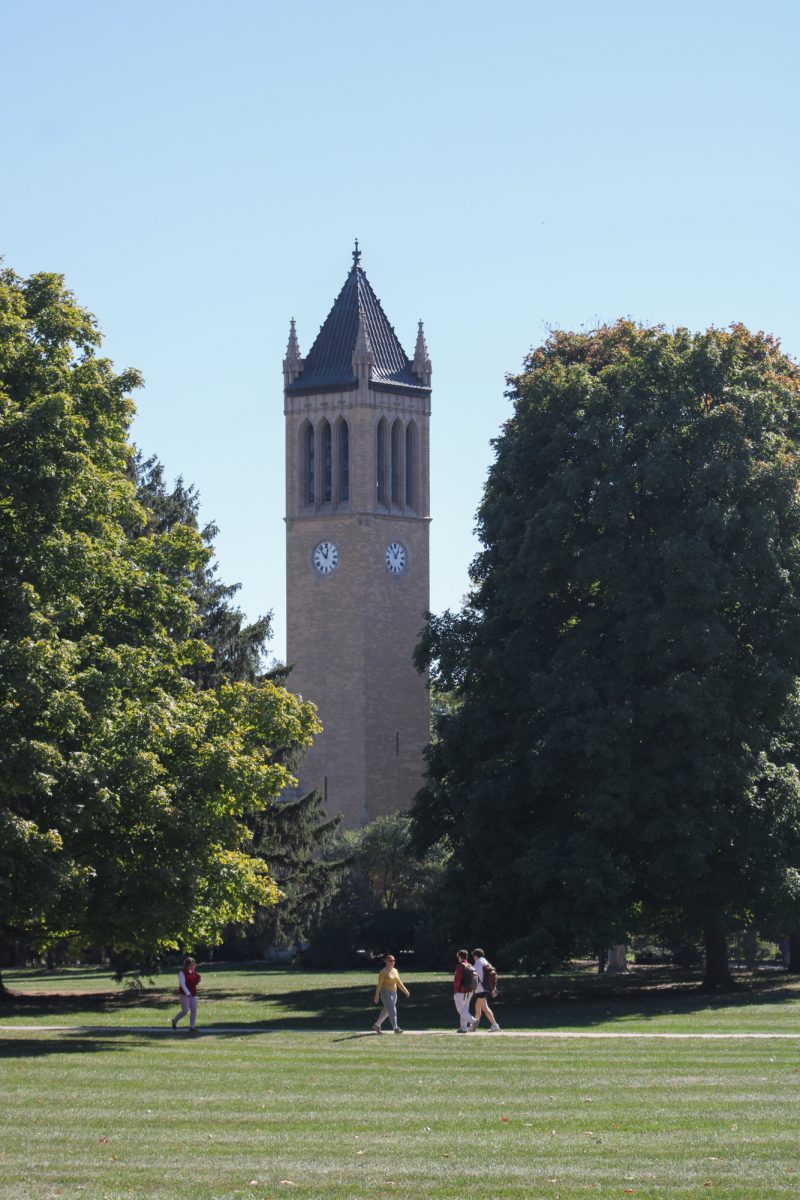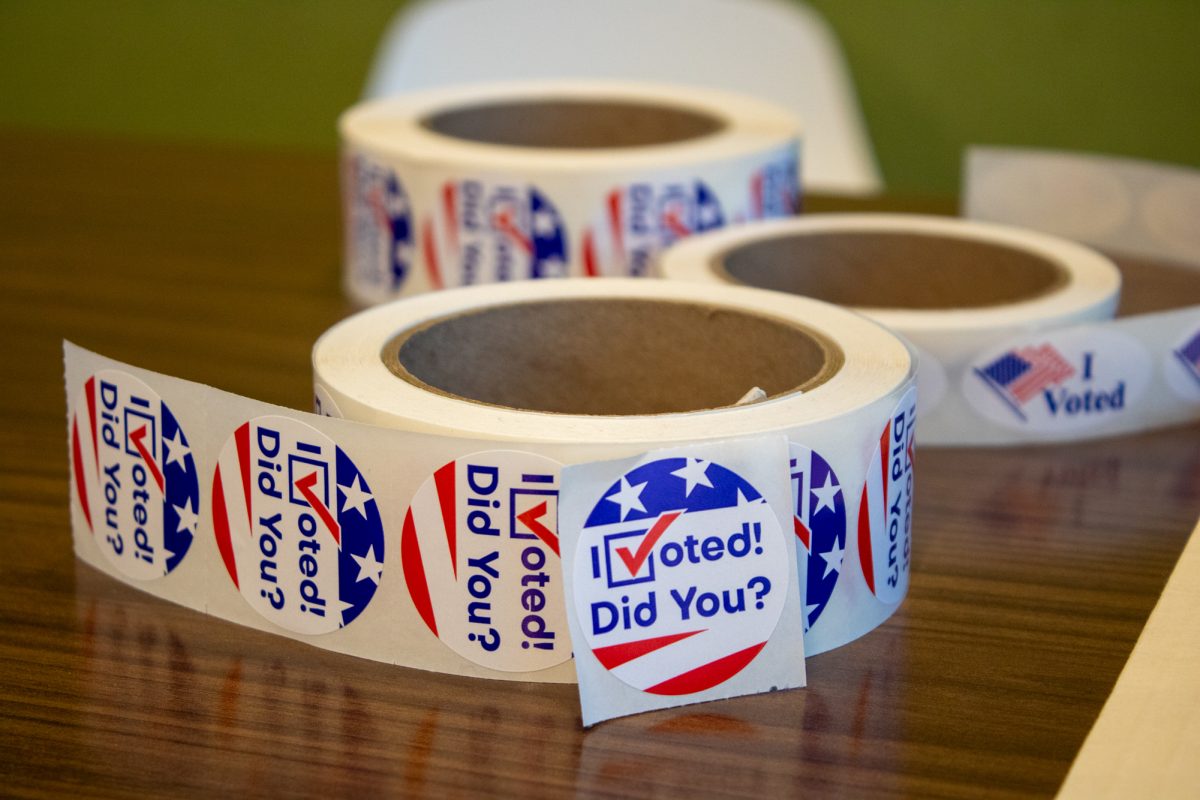The battle of women’s basketball
April 29, 1997
Monday was to be the big day. Months of planning and hard work were finally culminated with the spotlight firmly planted upon the inaugural draft of the WNBA, the Women’s National Basketball Association.
This was not how things turned out. Instead of all the attention being placed upon Dena Head, the first overall pick of the first WNBA draft, a different player’s name was making headlines. The player’s name was Kara Wolters, an All-American from UCONN and the Associated Press Player of the year, and she had just signed a three year contract with the New England Blizzard of the American Basketball League. The ABL had managed to steal the headlines again.
These two leagues have been battling each other like rabid rotweilers since the concept of women’s professional basketball hit America a little over a year and a half ago.
The WNBA, as the name suggests, has the backing of the NBA. This support has led to many advantages. The WNBA has a marketing and merchandising juggernaut backing it. It has TV contracts in place with NBC, ESPN and Lifetime. Its teams have all been placed in several of the largest TV markets in America: New York, LA, Houston and five other cities. The league has the advantage of playing in the offseason of all sports except baseball, so it will have little competition for viewers. It has three of the biggest names in women’s basketball: Sheryl Swoopes, Lisa Leslie and Rebecca Lobo. It even has its own orange and white basketball — available soon at participating retailers. The only thing it’s missing is players.
This is where the ABL is stomping it. Fresh off the 1996 summer Olympics, the women’s gold medal winning team was made aware of the fact that two professional women’s basketball teams would soon exist in America. This was great news. This meant no more playing in Europe or Asia and also being able to play in front of family and friends. They were then given the option of playing immediately in the ABL or waiting a year for the WNBA to get up and running. Most of the Olympians opted for the ABL, and almost all of the prominent college players are following suit.
The problem is the ABL teams are located in small markets like Columbus, have no TV deal to speak of and are suffering from a lack of exposure. They are averaging only 4,700 fans a game and actually lost money the first year.
So the ABL has all the players and the WNBA has all the marketing. History says they can’t both succeed, so one of three things is going to happen.
1)One of the leagues will become so popular that it eliminates the other ala NFL vs USFL 2)The leagues will both weaken each other and turn off the fan base so much that both will fail or 3) the leagues will see that both have their strengths and will merge into a more productive, powerful, single unit ala the NBA and ABA.
It may take a couple of years, but I believe scenario #3 will be the ultimate resolution. Women have waited a long time to have their own professional sports league and I don’t think either league wants to endanger that.
KEVINPETTY is a senior in journalism form Carlisle.






